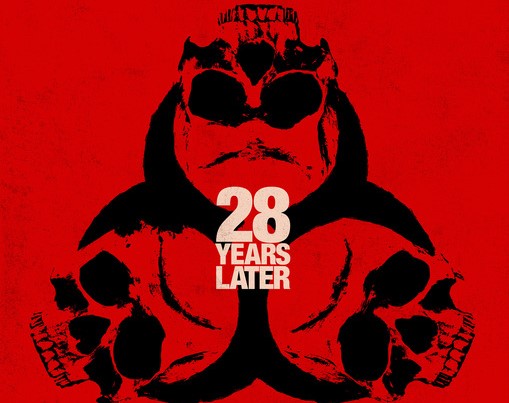
In the beginning, there was rage. Twenty-eight days later, there was survival. And now, in 28 Years Later, there is regression. The UK hasn't just undergone a societal collapse, but something more profound — a return to a more primal way of living. It's a world where boys don’t grow up — they’re carved out of violence, fear, and the teletubbies.
So what do you call a movie like this? Horror? Dystopian? Survival drama? Those labels feel wrong. 28 Years Later is a coming-of-age story.
Our protagonist is a boy born after the rage virus has burned away life in the 20th century. Spike, played by Alfie Williams, is raised in a landscape mirroring settler colonialism. You watch this boy — this soft, unsure teenager — move through this world, shedding pieces of himself like dead skin. There are no bedtime stories. No dreams of college or careers. Only tales of what came before and the monsters outside the walls. His journey is familiar, but different. Typically, a coming-of-age story follows the following beats: the boy leaves home, encounters danger, finds love, loses trust, and becomes a man. Here, the boy already has love in the form of his mother. So, in his journey, he loses it, the danger is constant, and trust is never regained.
In the ruins of Britain, what's left of humanity has gone feral. Civilization didn’t rebuild — it splintered. Spike's island village resembles a group of settlers with a Cult-like structure. The infected wander in clans, led by alpha males. The ruins of the 20th century offer little more to the viewer than a stark reminder of what was lost and a world that will never be known again. Law is decided at the end of a weapon. Masculinity has regressed to something ancient and brutal. And the film asks, again and again: What does it mean to become a man in a world like this?
The infected — once the central terror — now linger at the edges, like ghosts. They’re still here and dangerous. But the real fear is the mirror. It's what people have become after nearly three decades of survivalism. This is where the movie shines. It doesn’t just show you the horror of the infected. It shows you how, in surviving them, people became a horror of their own. A good example is Dr. Kelson, played by Ralph Fiennes. He has erected a totem to death and lives by the mantra that everyone dies. He doesn't help as much as offer a peaceful end, along with a dosage of hallucinogenic darts. The soldier they meet is more than willing to kill an infant. These are moments that highlight this switch in people. Something is sad about that. Not that you have time to feel it because you're constantly reminded this world has no time to mourn.
Conclusion
28 Years Later is not here to scare you. It’s here to mourn what’s been lost. Not just civilization, but childhood. Softness. Connection. This isn’t a story about zombies. It’s a story about growing up when growing up means hardening. When becoming a man means burying the boy. And in that way, it’s the most thoughtful movie in the franchise.